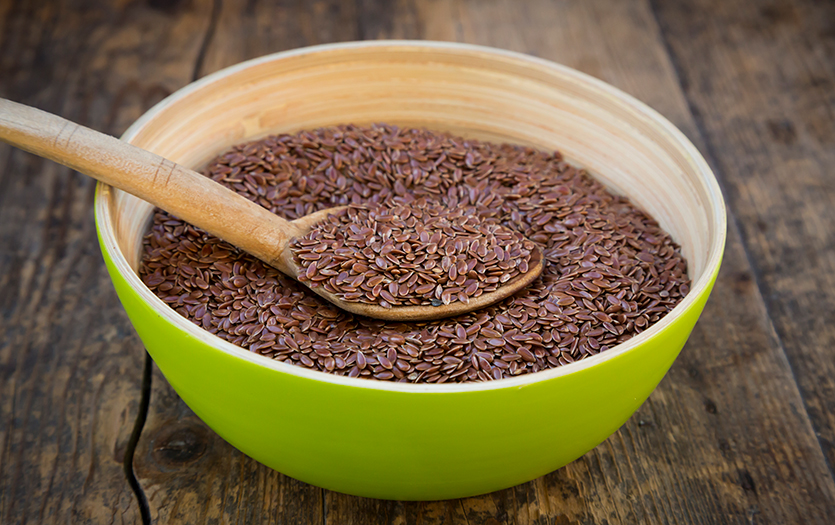
We gathered your kitchen questions and took them to Adrianne Kartholl, RDN, CD, for the truth about cross contamination, dirty fruits and vegetables and the infamous “5 second rule”.
Q. Should bread be stored on the counter, in the pantry or in the refrigerator?
A. This is based on preference. Keeping your store-bought bread sealed will help keep it fresh. Placing bread in the refrigerator may also help extend freshness.
Q. What is the proper way to thaw meat/fish?
A. Place the product directly from the freezer into the refrigerator. It is never recommended to thaw these food items on a counter or in the sink.
Q. Should I use a separate cutting board for produce and meat?
A. Yes! This prevents what the food industry calls “cross contamination,” which can spread bacteria. Cross contamination occurs when juices from raw meats or germs from unclean objects touch ready-to-eat foods or foods that have already been cooked. So, by having separate cutting boards for meat and produce, you greatly reduce the risk of cross contamination. It is also important to clean your utensils if working with both products, as well as to wash your hands when moving from one food to the next.
Q. Is a plastic or wood cutting board better?
A. This topic has long been debated. Ultimately, preventing cross contamination is the best defense in keeping your food and family safe. There are pros and cons to each material, but keeping your cutting boards clean will also help. Between tasks, be sure to wash your cutting board (wood or plastic) in hot, soapy water and let air dry.
Q. How long are my condiments good after the expiration date?
A. There are different types or classifications of “dating” for packaged foods. According to the USDA, the following guidelines can be used to determine the best use of foods depending on expiration dates listed.
- A "Sell-By" date tells the store how long to display the product for sale. You should buy the product before the date expires.
- A "Best if Used By (or Before)" date is recommended for best flavor or quality. It is not a purchase or safety date.
- A "Use-By" date is the last date recommended for the use of the product while at peak quality. The date has been determined by the manufacturer of the product.
- "Closed or coded dates" are packing numbers for use by the manufacturer.
Q. Is it safe to consume a medium-rare burger?
A. When it comes to ground beef products, the safe internal cooking temperature is 160 degrees Fahrenheit. Consuming ground beef products below this temperature can place you at risk for developing a foodborne illness.
Q. Should produce be washed with a specific solution or is water sufficient?
A. All produce should be rinsed and gently scrubbed prior to preparing or consuming. It is not necessary to purchase a produce cleaner, but if you like the idea, here is a recipe for a homemade version. This combination can save you money and be just as effective.
Produce Cleaner
1 cup water
1 cup white vinegar
1 tablespoon baking soda
Juice of ½ lemon
1. Combine ingredients.
2. Submerge your produce and rinse.
3. Let produce air dry and store.
Q. How long is food safe to eat if it’s been sitting out?
A. To keep food safe during large gatherings, be sure to follow these food safety tips:
- Hot foods should be held at 140 degrees Fahrenheit or warmer. Disposable chaffing dishes and wick burners or slow cookers can help maintain safe temperatures.
- Cold foods should be held at 40 degrees Fahrenheit or colder. For salads and other cold food items, nest the serving bowl in a larger bowl with ice, or place the serving container in the freezer prior to placing food in it.
- Perishable foods should not sit out longer than 2 hours at room temperature. Foods should not sit out more than 1 hour if temperatures are greater than 90 degrees Fahrenheit.
Q. Can you refreeze something after you thaw it or reheat it?
A. Meat and poultry items that are defrosted in the refrigerator may be refrozen before the expiration date or after cooking. An item should not be refrozen if it’s been in the refrigerator for more than 7 days.
Q. Is the 5-second rule true?
A. Anytime food comes into contact with an unclean surface, such as the floor, there is always the potential for cross contamination and the spread of bacteria.
Q. Is produce safe if it’s left in the car during warmer months?
A. Fresh produce does best in temperatures of 40 degrees Fahrenheit and below. If fresh produce is exposed to high temperatures for long periods of time, this may speed up the ripening process.
Q. Do I need to refrigerate a dessert with cream cheese frosting or a cheesecake?
A. Yes, these food items contain dairy products, which should be kept at a temperature of 40 degrees Fahrenheit or colder. Leaving these items out for more than 2 hours can cause bacteria to grow, and potentially cause a foodborne illness.
Q. Is it safe to cut the mold off cheese and eat it anyway?
A. Mold spores can spread easily from one area of a food to another, as well as from one food to the next. If mold is spotted on a food item, the best bet would be to throw it out.



